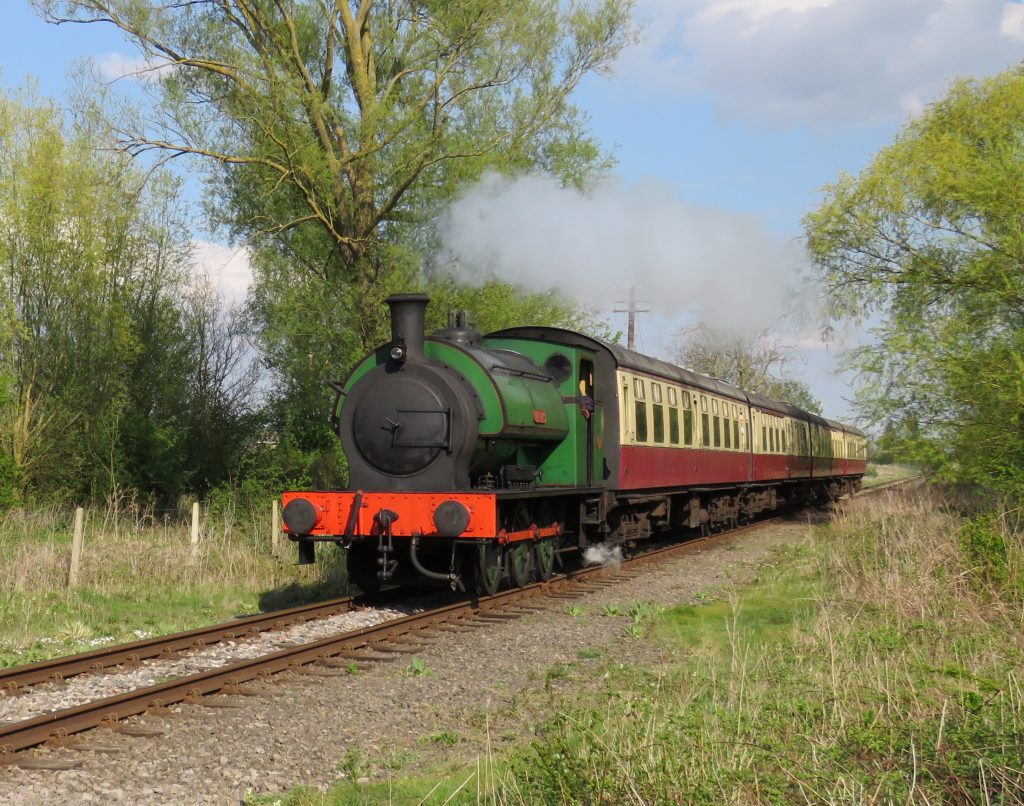A great way to spend a Wednesday at the railway.

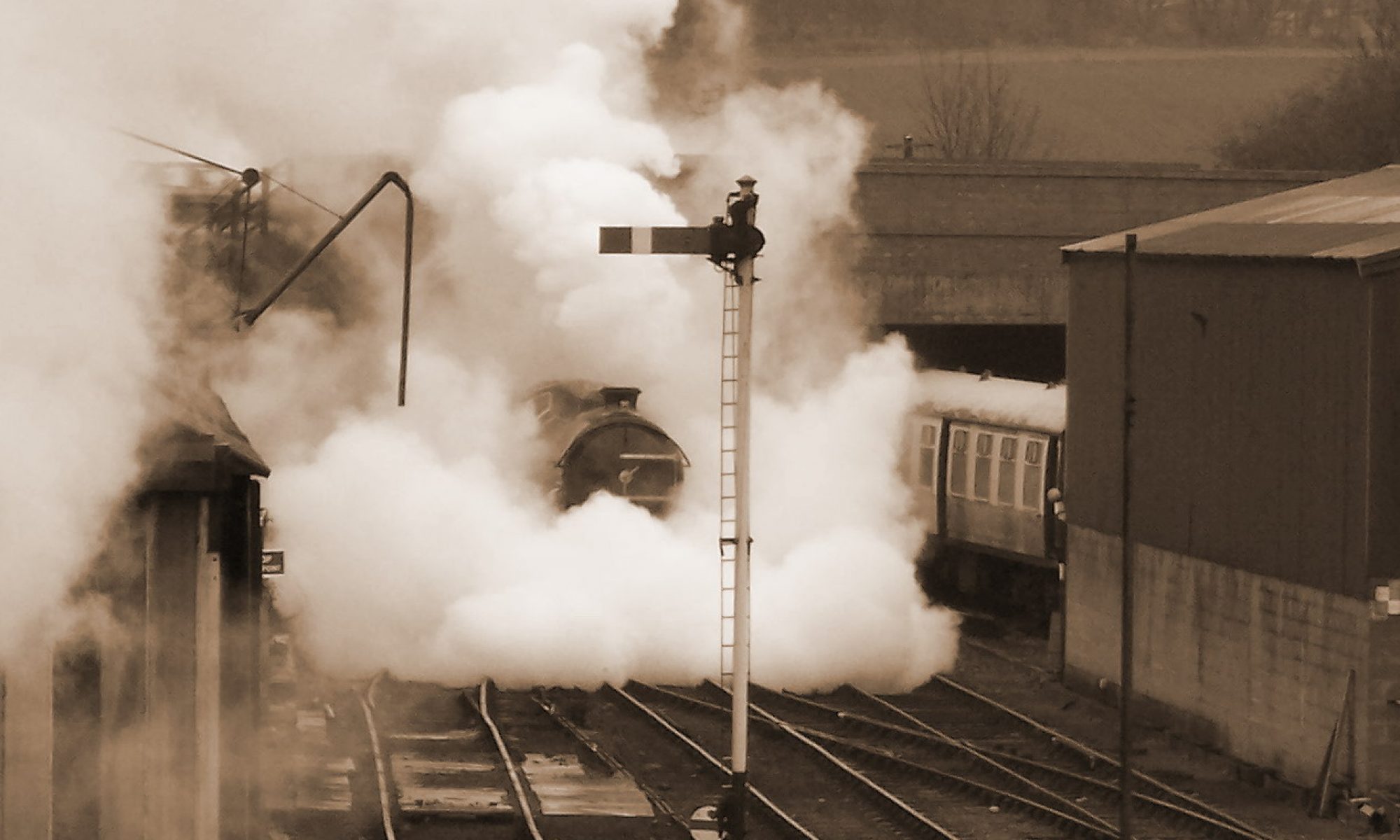
We are spending today preserving yesterday, so you can enjoy it tomorrow.
A great way to spend a Wednesday at the railway.

The Pacer has arrived and here it is in the Wansford sunshine…
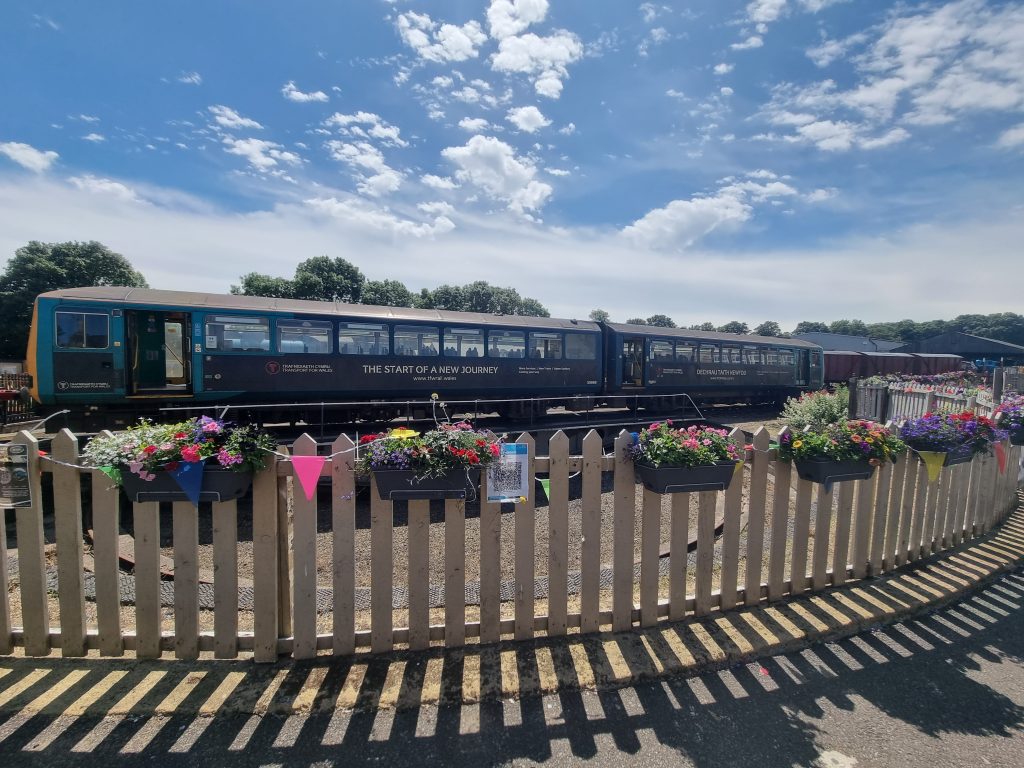
Class 40 leaving Orton Mere during the 2010 spring diesel gala..
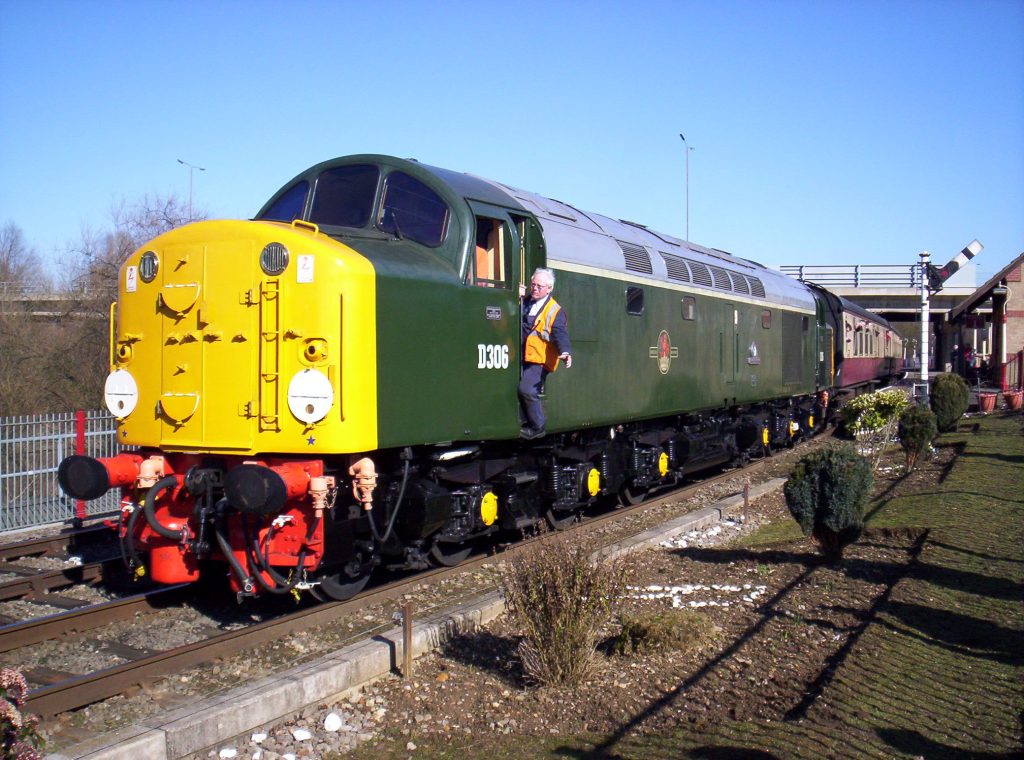
One part of the railway that’s only seen from afar by the majority of visitors is the signal box at Wansford.
There is no truth in the rumour that it is home to a group who chant, and dance around levers whilst clutching a mug of tea in one hand and a duster in the other. No, it is home to the Signalmen who work to keep the trains running and the passengers safe.
So let us take a look inside this building built upon bricks.
The Wansford Signal Box.
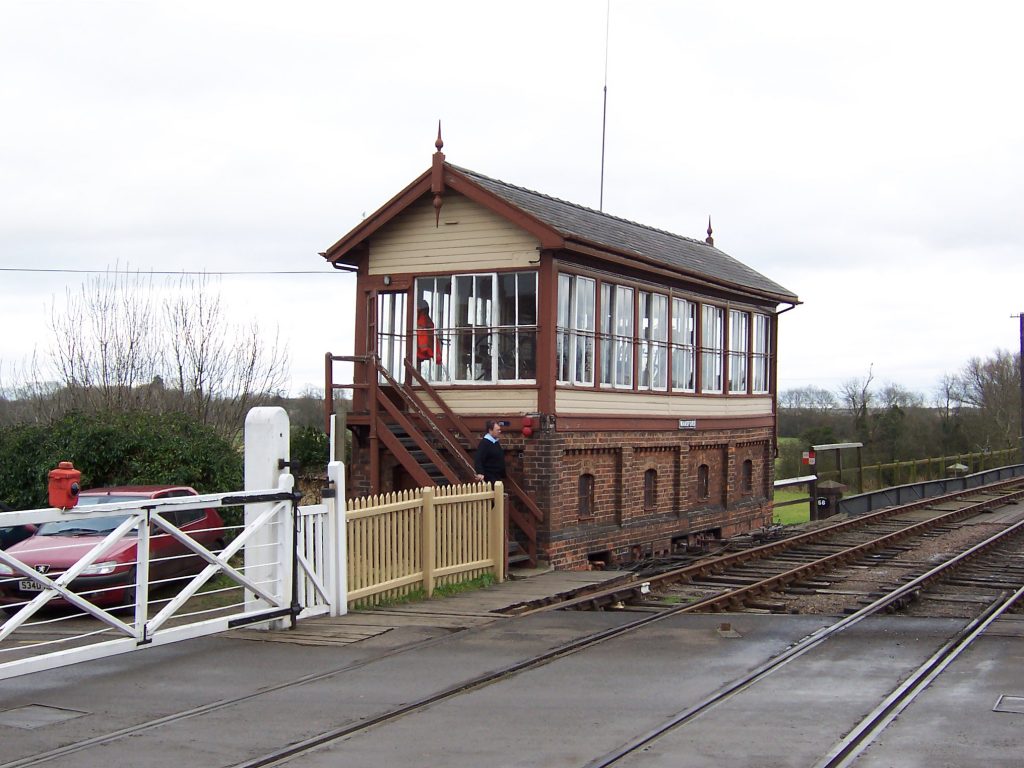
Now lets have a look inside.
Here is a view looking towards the station of the frame of levers that control the signals.
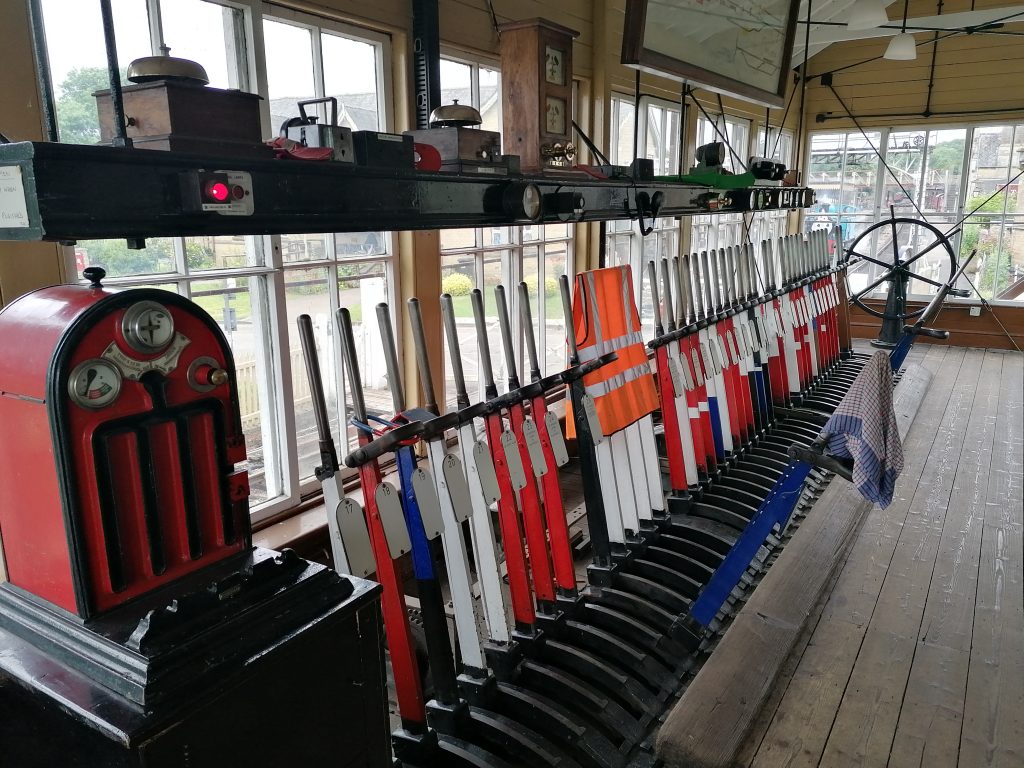
The view of the big outdoors in front of the box
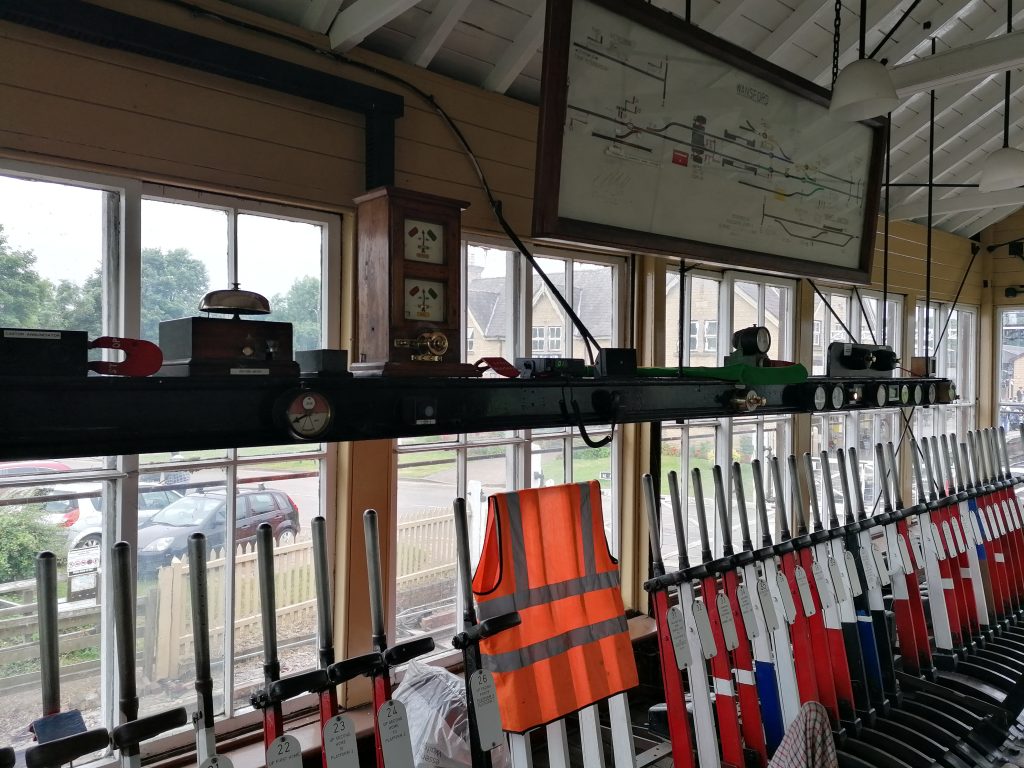
A view away from Wansford over the river towards Peterborough. Note at the end the comfortable seating and extensive catering facilities. Ideal for a leisurely drink or a read between trains.
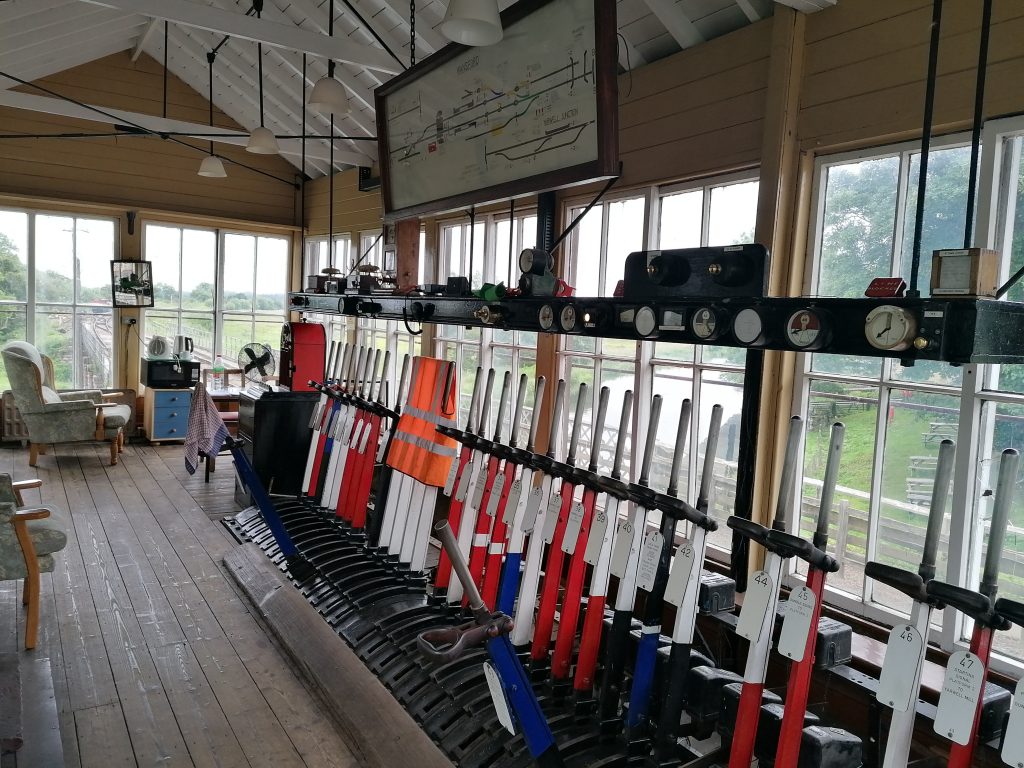
Here on the right you can see the wheel that’s turned to open and close the crossing gates.
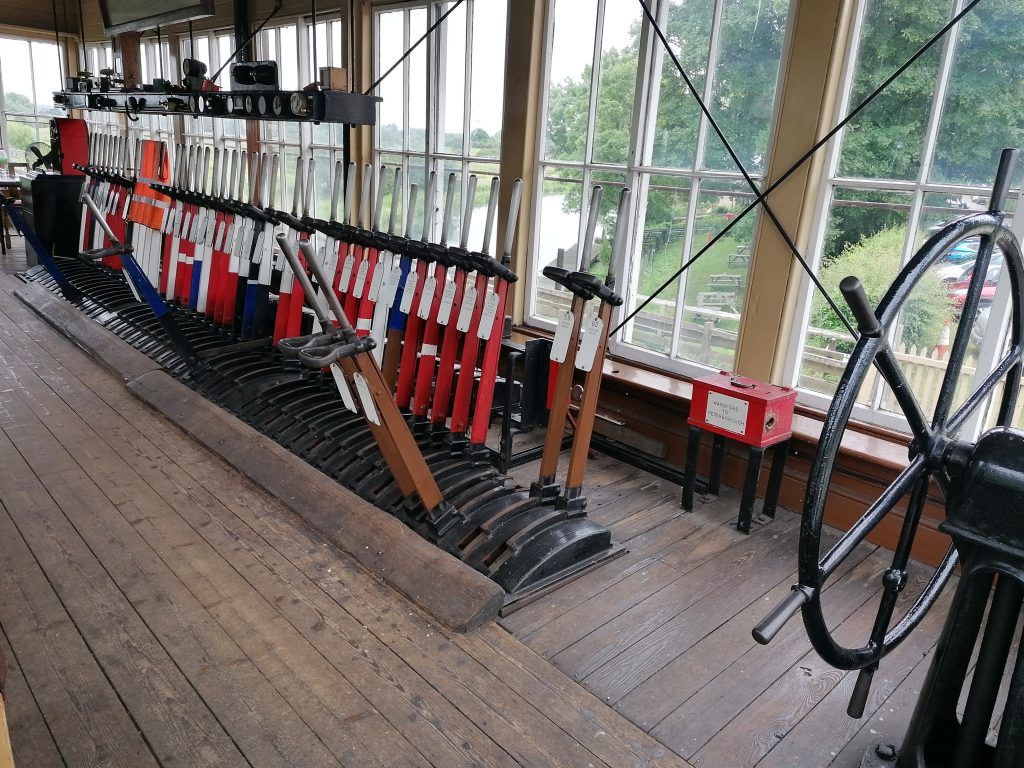
Here is the diagram of the signals, points etc. controlled from the box.
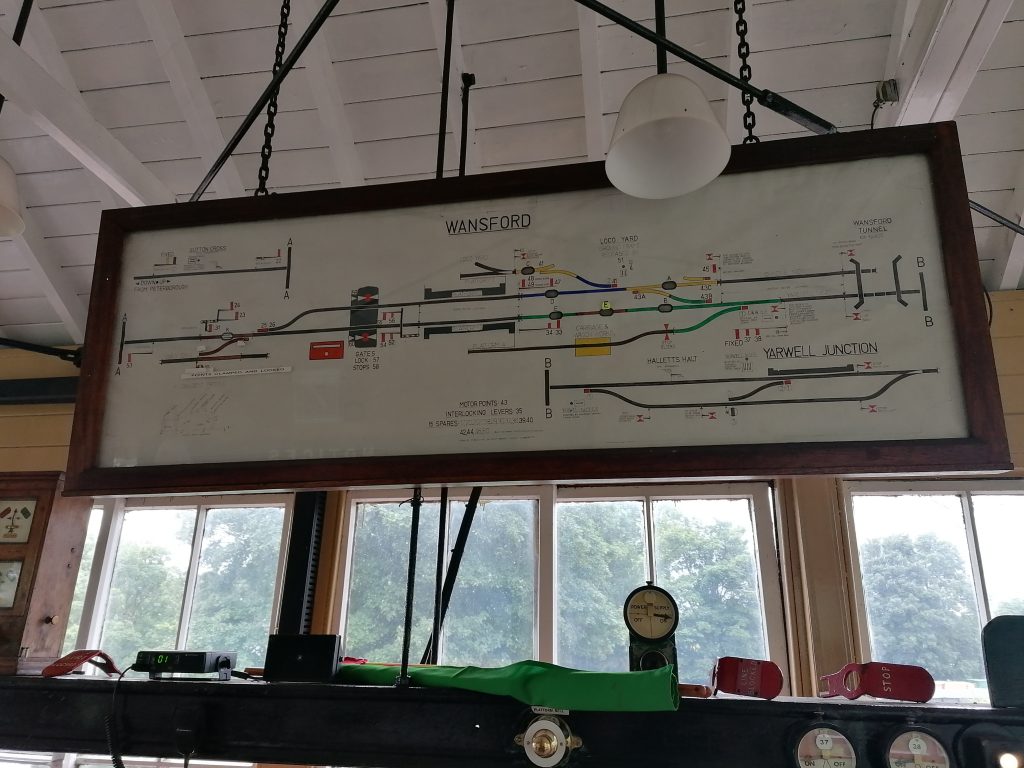
Zak proudly told me that he refurbished this instrument himself. It is impressive and a lovely piece of work
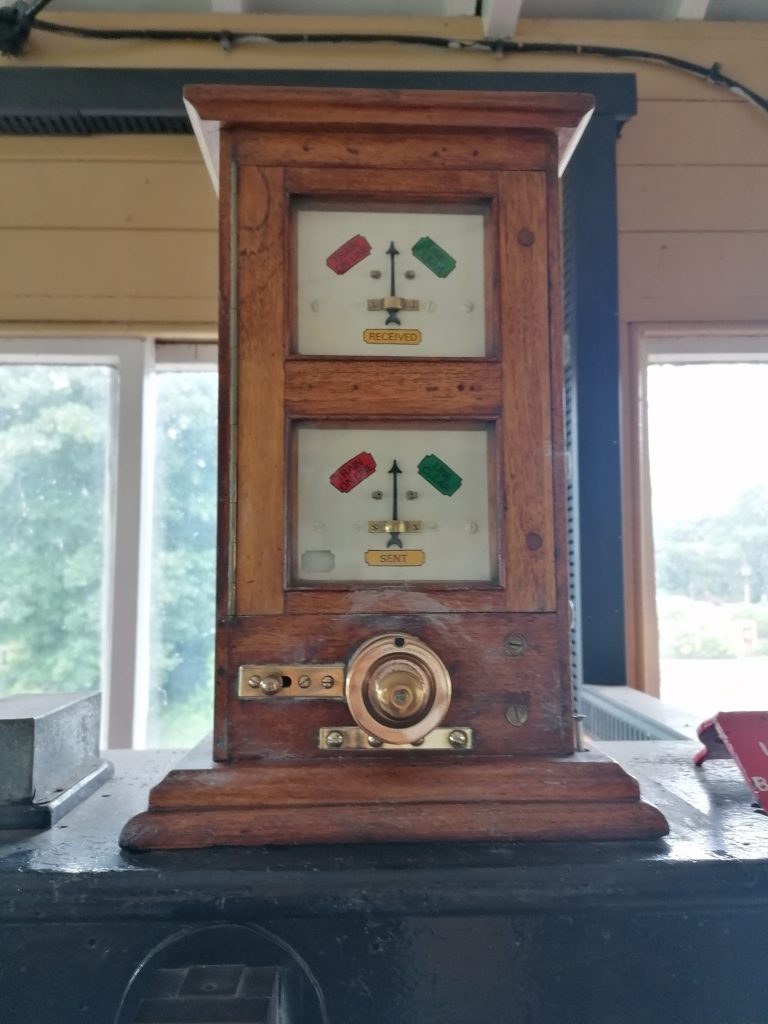
© Zak Harding
So there you have it, a view inside the Wansford Signal Box. Part of the railways history that was in use when trains ran on the line many years before the Nene Railway was even thought of.
If you ever get a chance to look round the box then please do so, it’s a part of railway history preserved and in use every running day.
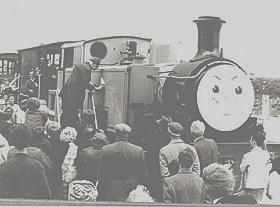
The Nene Valley Railway is home to a little blue engine named ‘Thomas’ by the Rev. W. Awdry author of the famous books about Thomas and Friends. On 26th June 2021 it will be 50 years since Rev. W. Awdry signed Thomas’ cab at The Nene Valley Railway & we at the railway want to celebrate this day with all of Thomas’ friends old & new.
The 0-6-0T engine No. 1800 was built by Hudswell Clarke in 1947 at about the time when Rev.W Awdry wrote his second book in which Thomas appeared. The little blue engine spent its entire working life at the British Sugar Corporation Peterborough factory pushing wagons of sugar beet up an incline until the day came when a diesel engine replaced the steam power of Thomas. The Peterborough Railway Society purchased this delightful little engine on 9th September 1973 and he was moved to the Nene Valley Railway, where he has since delighted his friends and children of all ages.
Thomas lives at Wansford and can been seen most of time in the yard when not in steam, on some occasions he is moved in the shed to let the engeineers work on him.
Always popular, here are a couple more Goods & Freight days for this year.
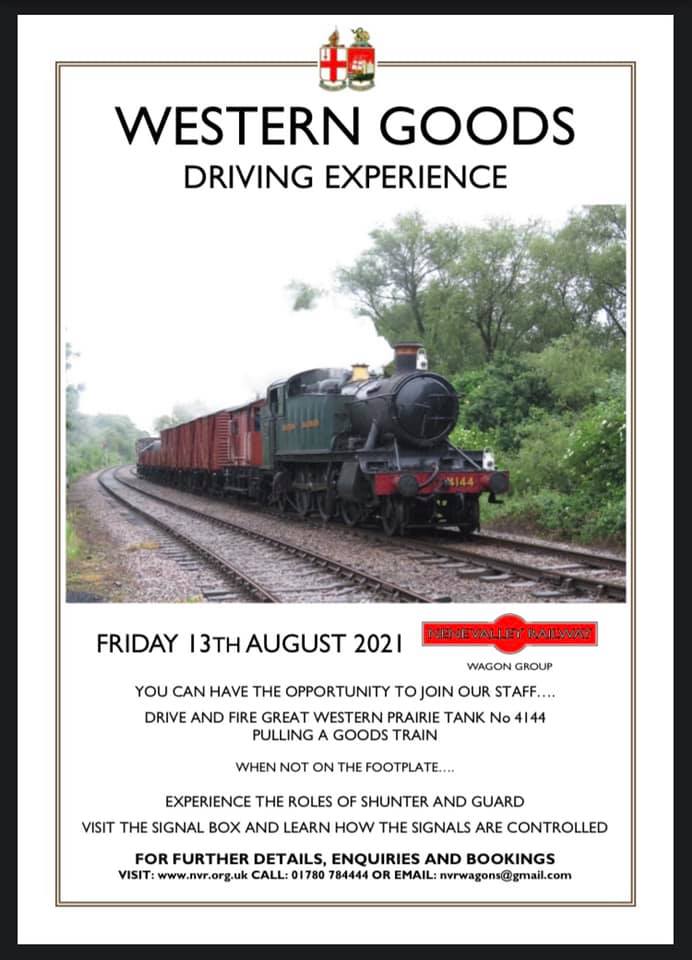
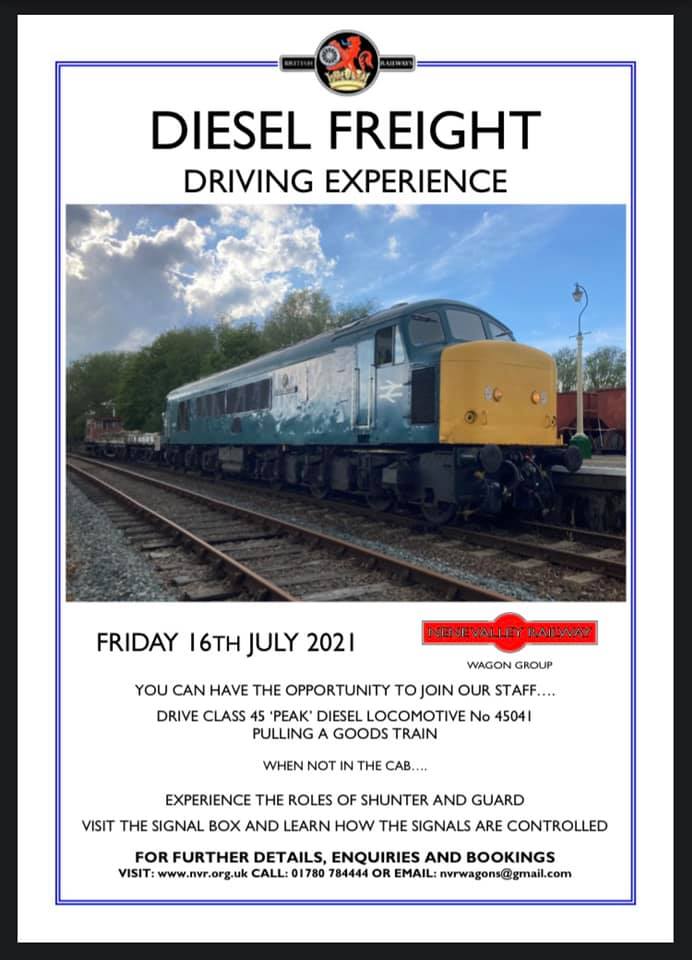
A series of hand drawn to scale images of LNER stations between Peterborough & Doncaster, these colour drawings date from 1891 onwards to the 1930’s.
Here is a sample…
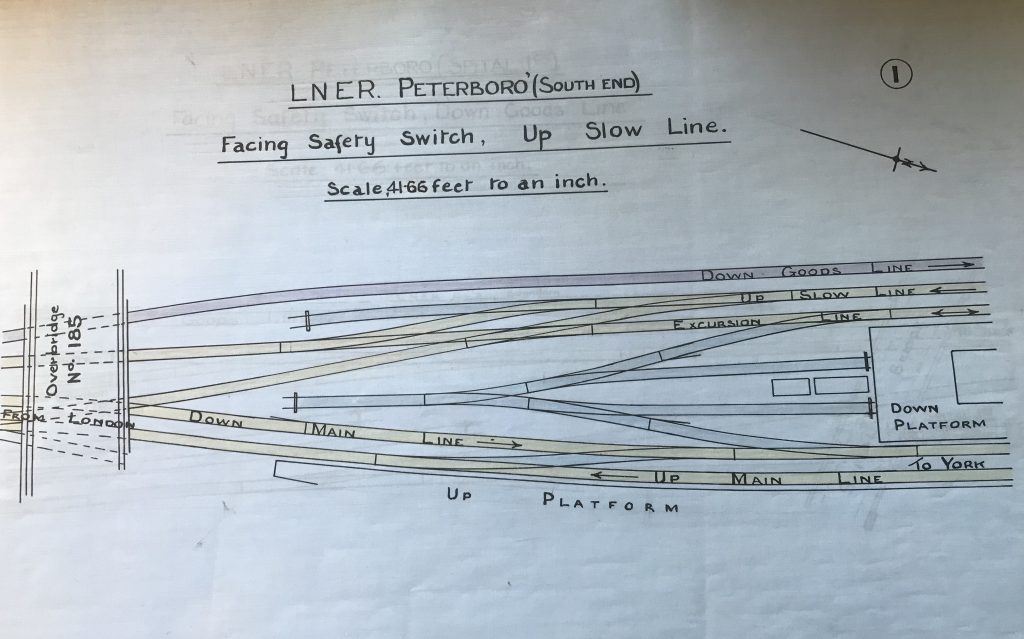
On Thursday 10th June, we had a visit from Armstrong Powerhouse to record every single sound of 45041 Royal Tank Regiment.
There was plenty of stopping and starting and lots of noise. They make sound packs for the leading online train simulator to make the experience sound as realistic as possible.
They got everything they wanted and have said how very helpful the NVR has been for organising this.
This is their second visit, as they came to record sounds from 31271 a few years ago but I’m sure it won’t be their last visit.
Below are some images from the day.
My thanks to Harvey Harrison for some of the above text and all the images below.
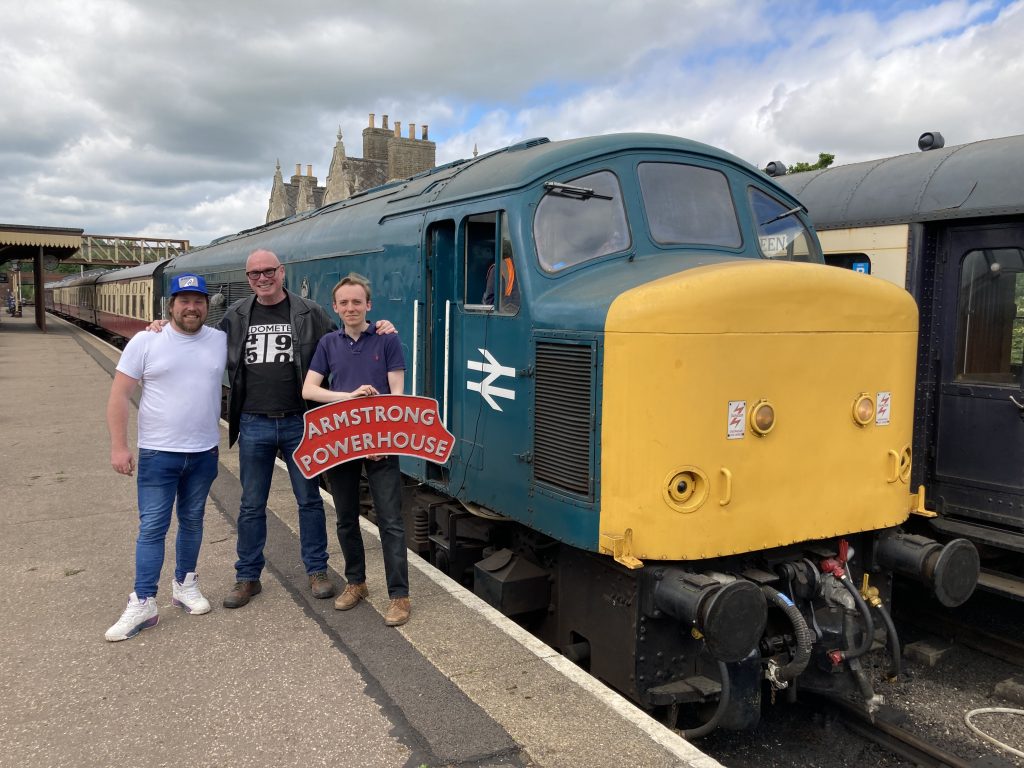
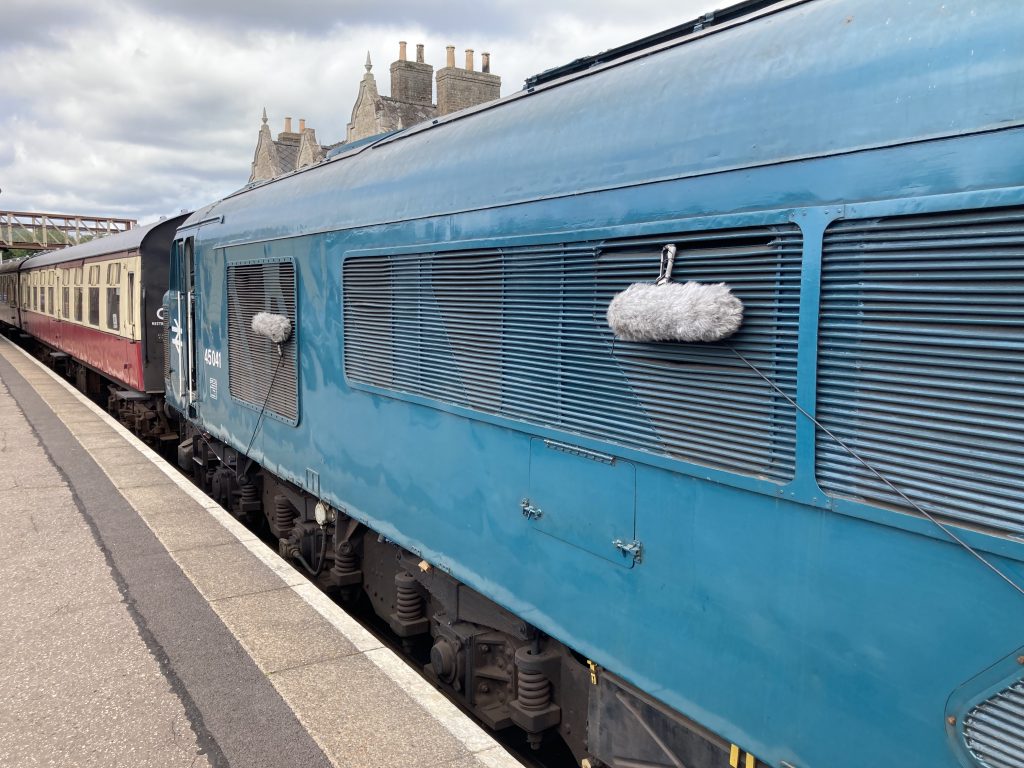
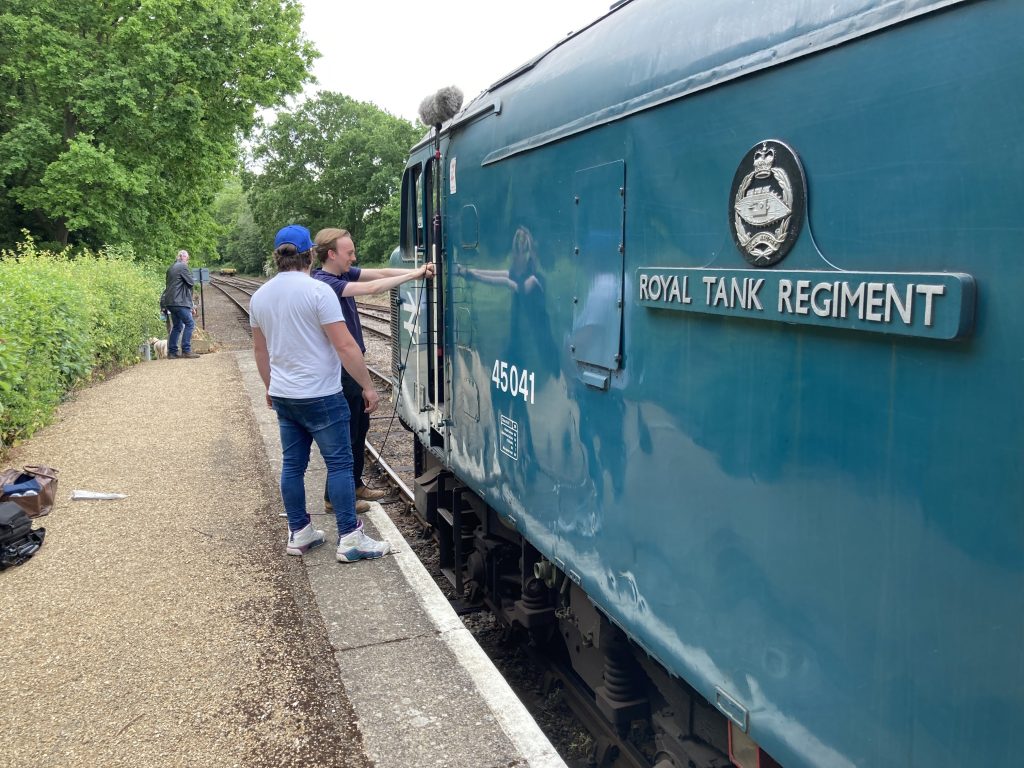
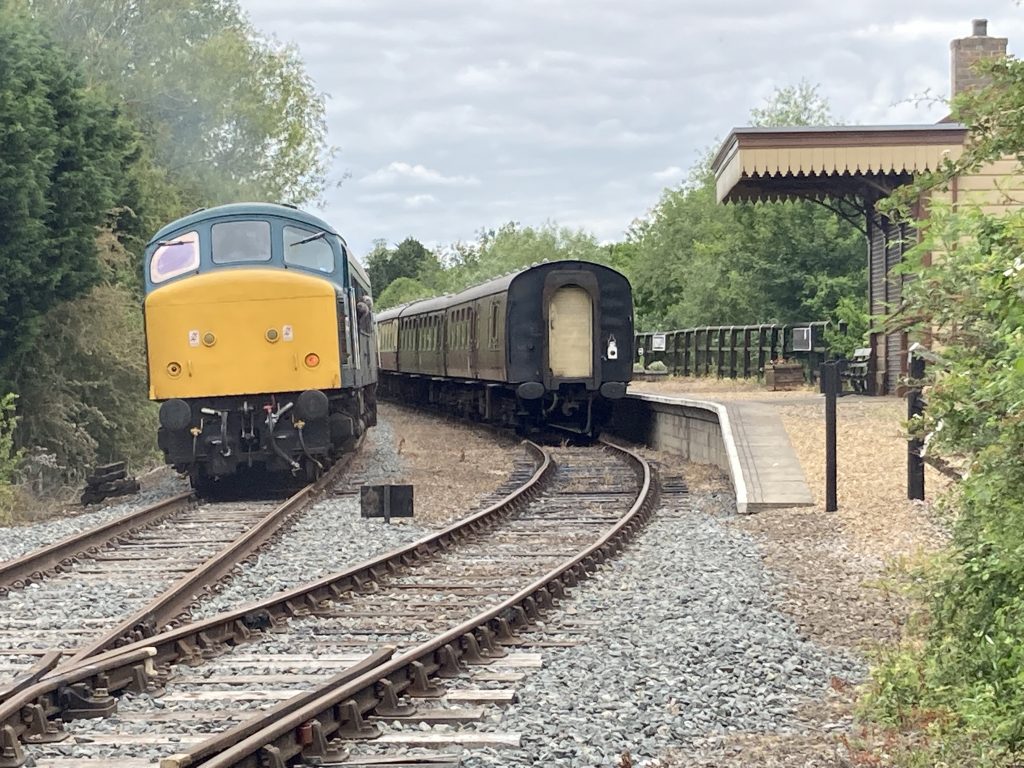
Here we are with services running again on the railway. Granted it may not be as many as we would like to run and we are running with reduced capacity. But we are running!
It’s nice to see visitors back at the railway enjoying themselves.
We have lots of events planned, the most notable being Thomas’ 50th birthday bash at the end of the month. Plus of course the The Steam EnGIN Express on the 24th July. I will be interested to see how the event goes. I feel that it will be popular and hopefully become a regular perhaps yearly event.
This coming Saturday the 12th of June sees the Wansford Miniature Railway Grand Opening. A lot of work has gone into the miniature railway’s construction and it will without doubt be popular.
Locomotives in Steam and on Display
Steam Locomotive Sweet Pea “Holly”
Steam Locomotive War Department No 90776 Royal Anglian Regiment
Steam Locomotive GWR King “King Edward II”
Steam Locomotive GWR Parire No 4588
Steam Locomotive Sweet Pea “Joe”
Battery Electric Class 14 No 9520
Battery Electric 08 No 08679
Under Overhaul LNER B1 Roedeer on Display
Sweet Pea
If you’re visiting the railway please give it your support.
So lets look forward to a summer of trains and visitors.
Visiting from the North Norfolk Railway former Nassington quarry based Hunslet Ring Haw passes Castor spring 2015.
